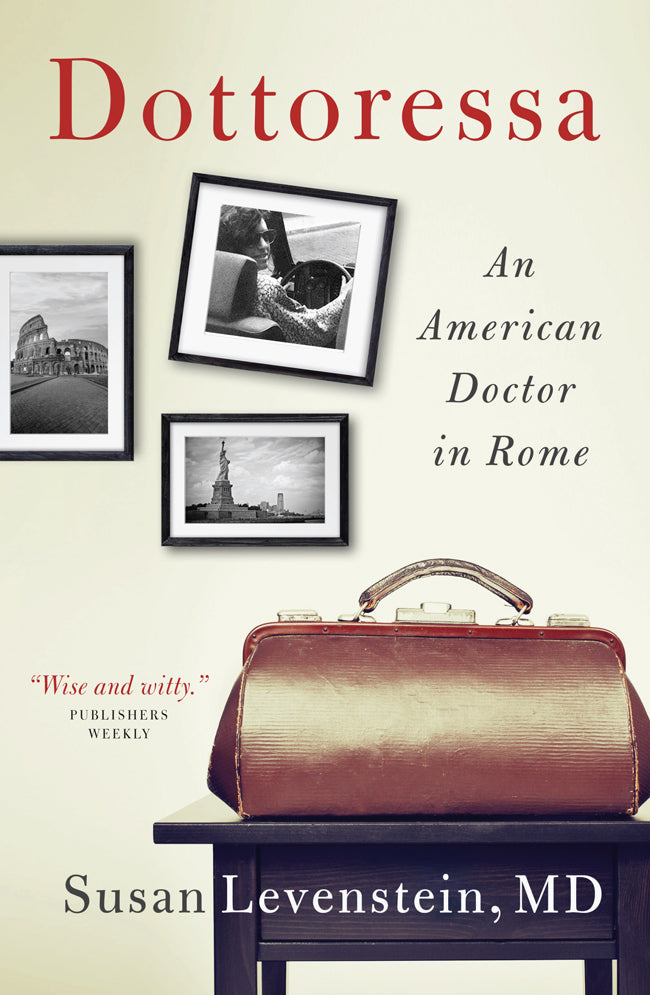
"Stethoscope On Rome"
Blog
Stethoscope On Rome
(It’s important to understand that covid-19 is a slow disease, so the effects of preventive measures take a long time to kick in. As a comparison, if influenza develops into pneumonia it takes only a few days. With covid-19 pneumonia develops gradually, over two or three weeks, and recovery is also much slower, so patients who need a respirator need it longer.)I had hoped to be able to devote this piece to debunking putative covid-19 treatments, but after Donald Trump’s latest about-face I thought it was better to hammer home the Italian example instead. Just ten days ago, before I last posted, Trump embraced social distancing and those of us who believe in science started to breathe easy. Now he has back-tracked, floating on Sunday the prospect of getting back to business as usual, doubling down on Monday, declaring Tuesday that social distancing is a “cure worse than the disease,” and proposing that the country should be “opened up and raring to go” by Easter.The number of deaths in New York City has gone from 10 a week ago to 281 just now. Trump fiddles while his hometown burns – and proud of it. Just as he’s proud of having chosen Easter as a deadline not based on any scientific data but because “I just thought it was a beautiful time.”You don’t have to go as far as Italy to demonstrate the advantages of social distancing, by the way. The Imperial College study by Ferguson and his colleagues, the one that pushed Boris Johnson and – briefly – Donald Trump into advocating social distancing, thought “Stopping mass gatherings is predicted to have relatively little impact.” Unfortunately that may have been one of their few inaccurate guesses, judging from the counter-example of New Orleans. Its Mardi Gras was followed two weeks later by the very first case of covid-19 in Louisiana, and now, a month after Mardi Gras, there have been 1795 cases and 65 deaths.Experts agree that in the first growth phase of this pandemic, which the United States has barely entered, social distancing will take time to work – only now, after two months of draconian measures, is China cautiously daring to begin a return toward normality. Something like that time scale, however painful, will have to be applied here as well if we want to avoid going down the paths of China and Italy. A brillian new study shows that countrywide distancing measures are very effective in reducing covid-19 deaths even if they are not as draconian as China’s or even Italy’s. Fortunately city and state governments, the only ones to impose social distancing regulations thus far, can do so whatever the President says. But there is justifiable concern that the 60% of Americans who told Gallup pollsters last week they think Trump is handling the coronavirus crisis just fine will now feel freer to flaunt any guidelines put into place locally.The chance of a concerted national effort to contain the virus already lost three precious weeks between Feb 26, when Trump said “We’re going very substantially
down, not up,” and March 17 when he “Felt it was a pandemic long before it was called a pandemic.” Now there may be no chance at all.Bill Gates has already lost billions due to the shutdown of the economy. Here, contrary to his own financial interest, is his vicious paraphrase of the President’s new position: “Hey, keep going to restaurants, go buy new houses, ignore that pile of bodies over in the corner.”Or you may prefer The Onion’s version: “Trump Urges Loosening CDC Restrictions To Let Coronavirus Get To Work.”



No comments:
Post a Comment